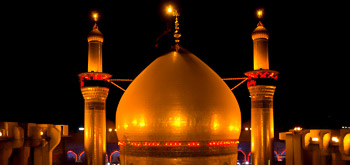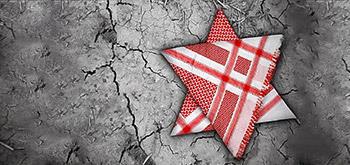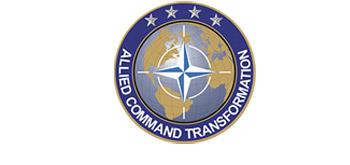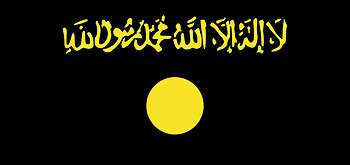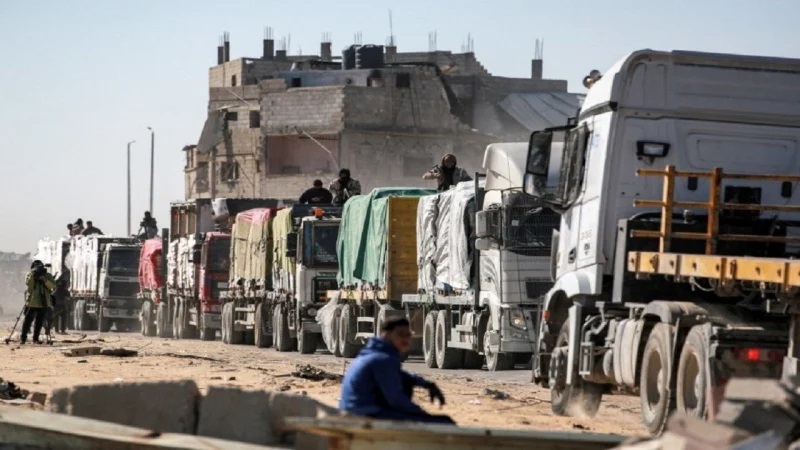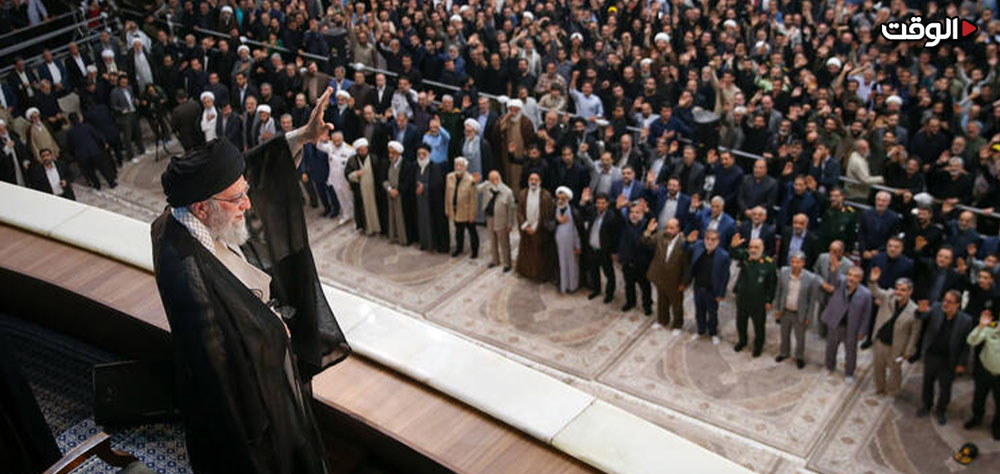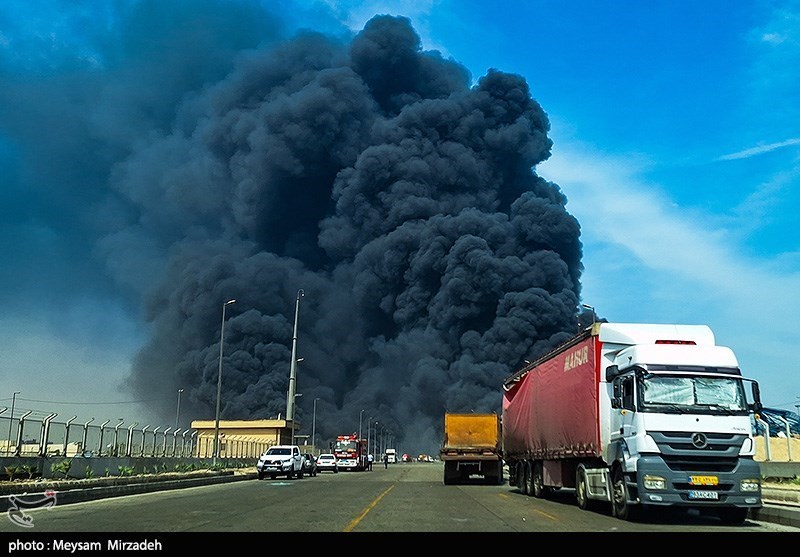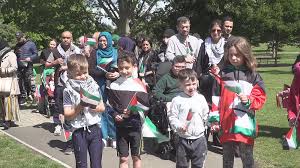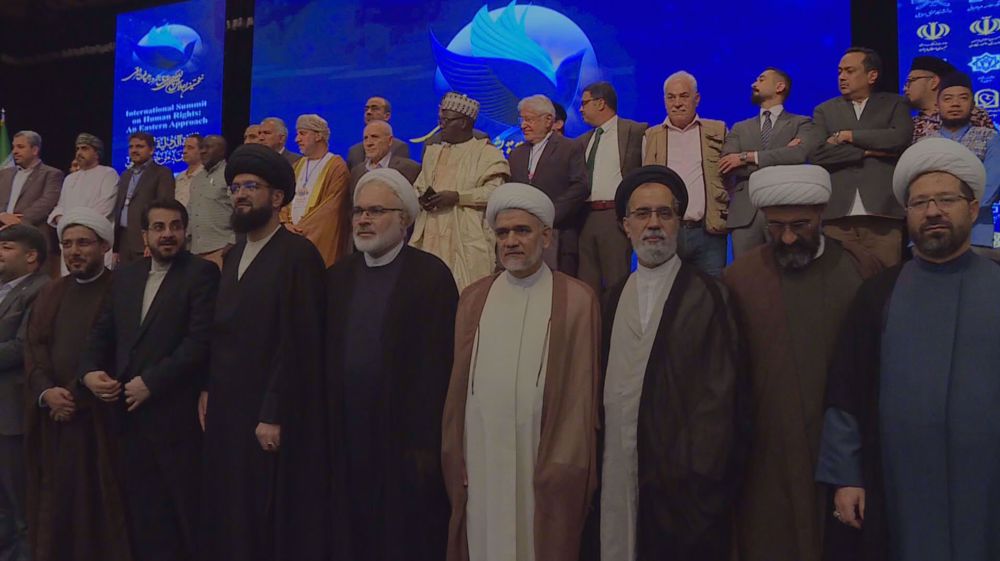Alwaght- From the ashes of Gaza war, a new name is rising: Gaza Humanitarian Foundation (GHF).
This newly founded organization that is working with direct American and Israeli support claims to save lives of millions of Palestinians from famine, but the international organizations and rights activists call it a "humanitarian mask for Israeli military aims."
The foundation on Saturday announced that it had failed to distribute aid to Palestinians in Gaza, but at the same time blamed "direct threats" from Hamas for hampered aid operations.
While international criticism of the foundation's performance in distributing aid is increasing, the American organization has claimed that it "intends to resume distributing food packages without delay," but "Hamas is seeking to seize control of the distribution of aid by diverting aid and manipulating its distribution."
It is worth noting that in recent days, after Israeli soldiers opened fire on thousands of Palestinians, from women and children to the elderly and young, who had rushed to the aid distribution site in the city of Rafah, in the southern Gaza Strip, to get some food, the organization closed all its centers.
On Friday, the government media office in Gaza reported that since May 27, more than 110 people have been killed and 583 others injured after Israeli soldiers opened fire on people who were present at food distribution centers under the supervision of the GHF to obtain food.
In the wake of the events, the agency’s executive director, Jake Wood, announced his resignation on Sunday.
However, after appointing a new director, the foundation pledged that “more shipments will be distributed” on Tuesday and that “the flow will increase daily.”
But aid agencies say the small amounts authorized so far are far from meeting the needs of the vast population in need.
Other aid agencies say the GHF is violating norms by forcing residents to move south to receive vital aid.
This comes as the Israeli ground offensive has several times displaced nearly the total of 2.4 million Gaza population.
This similarity of actions between the GHF and Israeli regime has motivated Hamas and many other organizations and rights groups to accuse the organization of helping Tel Aviv to meet its military aims. Hamas interior ministry described the organization as part of the "Israeli plan to take control of the aid distribution."
No party, except for the US, has so far shown interest to back the GHF.
The UN has also refused to cooperate with the organization, which it says would restrict aid to the southern Gaza Strip and force civilians to cross dangerous areas to get food. The UN also said it had no information on whether any aid had been delivered to the affected Gaza Strip.
"The organization’s plan is inconsistent with our fundamental principles, including integrity, impartiality and independence," UN spokesman Farhan Haq said.
Other NGOs, including ActionAid, have pointed out that "aid used to cover up ongoing violence is not aid, but a humanitarian cover to hide a military strategy of control and dispossession."
As a result of this growing criticism, last week a Swiss NGO called for a probe to determine whether the activities of the GHF comply with Switzerland and international standards.
Controversial birth of a foundation: suspicious foundation with Netanyahu green light
The GHF, founded in February this year in Geneva, has no known office or representative in the city which is host to many humanitarian organizations.
The New York Times reported on May 24, citing anonymous Israeli officials, that the new US-backed aid plan for Gaza was "designed and developed largely by the Israelis as a means to weaken Hamas."
According to the paper, Israeli institutions were the first to propose the idea of civilian companies being responsible for distributing aid in Gaza, with the aim of bypassing the UN and relying on entities that lack financial transparency.
According to the same report, the idea was floated in the early weeks of the Israeli invasion of the Gaza Strip and was designed by prominent Israeli figures including Kiran Tankman, an Israeli entrepreneur and former member of Unit 8200 of Israeli army and also Michel Eisenberg, an American-Israeli investor. They believed that the UN aid system was strengthening Hamas and needed fundamental changes.
In December 2023, Israeli reserve officers and businessmen close to the government met at the Mikvah School in Tel Aviv, known as the Mikvah Association, and managed to make the necessary arrangements to move the project forward, before deciding to contact Philip Riley, a former CIA officer.
Riley’s company Safe Reach Solutions was chosen as the security and logistics contractor for the aid distribution centers, and Liran Tankman served as the liaison between the American team and Israeli officials.
Riley’s company is also affiliated with Orbis, which previously employed highly paid American mercenaries to secure the Netzarim crossing and oversee aid distribution in Gaza during the unfinished implementation of the Gaza ceasefire agreement.
A look at the list of advisory board of the foundation reveals its Zionist nature. People with security records like David Beasley, the former executive director of World Food Program, Bill Miller, as former Director of Regional Operations in the UN Department of Safety and Security, and Lieutenant General Mark C. Schwartz, the former US security coordinator between Israel and the Palestinian Authority.
Even Israeli media have acknowledged the plans of this foundation to help advance Israeli military agenda in Gaza. Yedioth Ahronoth reported that the main aim of the GHF is undermining Hamas's control over Gaza and preventing aid reaching the movement, limiting aid to Israeli-controlled areas, and ending financial dependence of Gaza residence on Hamas.
Destroying UNRWA: Israeli plan to control the aid operations
The United Nations Relief and Works Agency for Palestine Refugees (UNRWA) has been overseeing humanitarian operations in Gaza for decades.
As its name suggests, the organization was established to address the situation of several generations of Palestinian refugees after the Nakba and Israel’s occupation policies of resettling the inhabitants of occupied Palestine to neighboring countries.
The Israelis have always considered UNRWA’s work to be at loggerheads with their occupation policies due to it preventing Tel Aviv for decades from closing forever the case of return of the Palestinians to their motherland. This is a driving force behind hostility to UNRWA.
Therefore, one of the main goals of the US and the Israeli regime in trying to gain a monopoly on the delivery and distribution of aid in Gaza is to try to discredit and ultimately destroy UNRWA.
Last Sunday, Philippe Lazzarini, UNRWA Commissioner-General, said that the distribution of aid in the Gaza Strip "has become a death trap."
Lazzarini stressed the need for "the safe and widespread delivery and distribution of aid in the Gaza Strip, which is only possible through the United Nations."
One of the clues that reveals the politicized project behind the concentration of humanitarian aid in the hands of the American-Israeli foundation is the budget that Washington has earmarked for the GHF.
Citing informed sources and former American officials, Reuters reported that the US Department of State is mulling an aid package of $500 million to the GHF.
Reuters also reported, citing the sources, that the funds allocated to the foundation will be provided by the United States Agency for International Development at the request of Israel.
The White House's generosity comes just weeks after Trump took office, as part of a campaign to align US foreign policy with his slogan "America First," disbanding the United States Agency for International Development (USAID), eliminating nearly 80 percent of its programs and putting its employees at risk of losing their jobs. This shows the importance of the GHF project to Tel Aviv's war plans.
Concentrating Gaza residents in the south
Advancing the plan to displace the Gazans is another aim many observers believe is behind the GHF.
For example, ActionAid, a Johannesburg-based NGO, has noted that "aid used to cover up ongoing violence is not aid; it is a humanitarian cover to hide a military strategy of control and dispossession."
Mary Lawlor, the UN Special Rapporteur on human rights defenders, has also said that the so-called Gaza Humanitarian Foundation is weaponizing humanitarian aid to displace and humiliate people, while US officials have said that the US government is considering injecting millions of dollars into the organization.
"The Gaza Humanitarian Foundation [backed by Israel and the US] is using aid as a weapon of war to displace, humiliate and corral civilians and force them to gather in what I think looks like a cattle pen. It is completely inhumane," Lawlor said.
Critics ask who decides where the Gaza Humanitarian Foundation distributes aid?
It is interesting to know that the foundation had established four aid distribution centers in Gaza all in areas controlled by Israeli army.
1. Near the Mawasi area in Rafah (3,300 meters from Khan Yunis)
2. North of Tal as Sultan camp
3. North of Rafah
4. North of Netzarim Axis (only 2.4 km from Nusirat camp
Satellite images suggest that the first distribution center is about 3,300 meters from Mawasi neighborhood of Khan Younis. The second location is about 4 kilometers from Al-Attar Station, the same distance as the third distribution center from Nasser Hospital.
According to an image taken on March 29, before work began, and another on April 21, the Israeli army has long since begun building a road to the distribution sites to help move people to southern Gaza.
The fourth distribution center, however, is located north of the Netzarim Axis and closer to the center of Gaza City. Satellite images show that it is approximately 2.4 kilometers from the entrance to the Nusirat Camp. This means that the fourth center is approximately 4 kilometers from Ashra Street, the southern border of Gaza City.
Determining the site of this center is part of the Israeli army's plan to evacuate northern Gaza. In this connection, Israeli Army Radio reported that the idea of establishing this center in the south of Netzarim Axis is to ensure that anybody coming from northern Gaza to the buffer zone would not be able to return to north of Netzarim Axis and be forced to stay in the south if they need food, something showing that the American-Israeli foundation is there not to save lives but to play with lives of the starving Gaza civilians.




